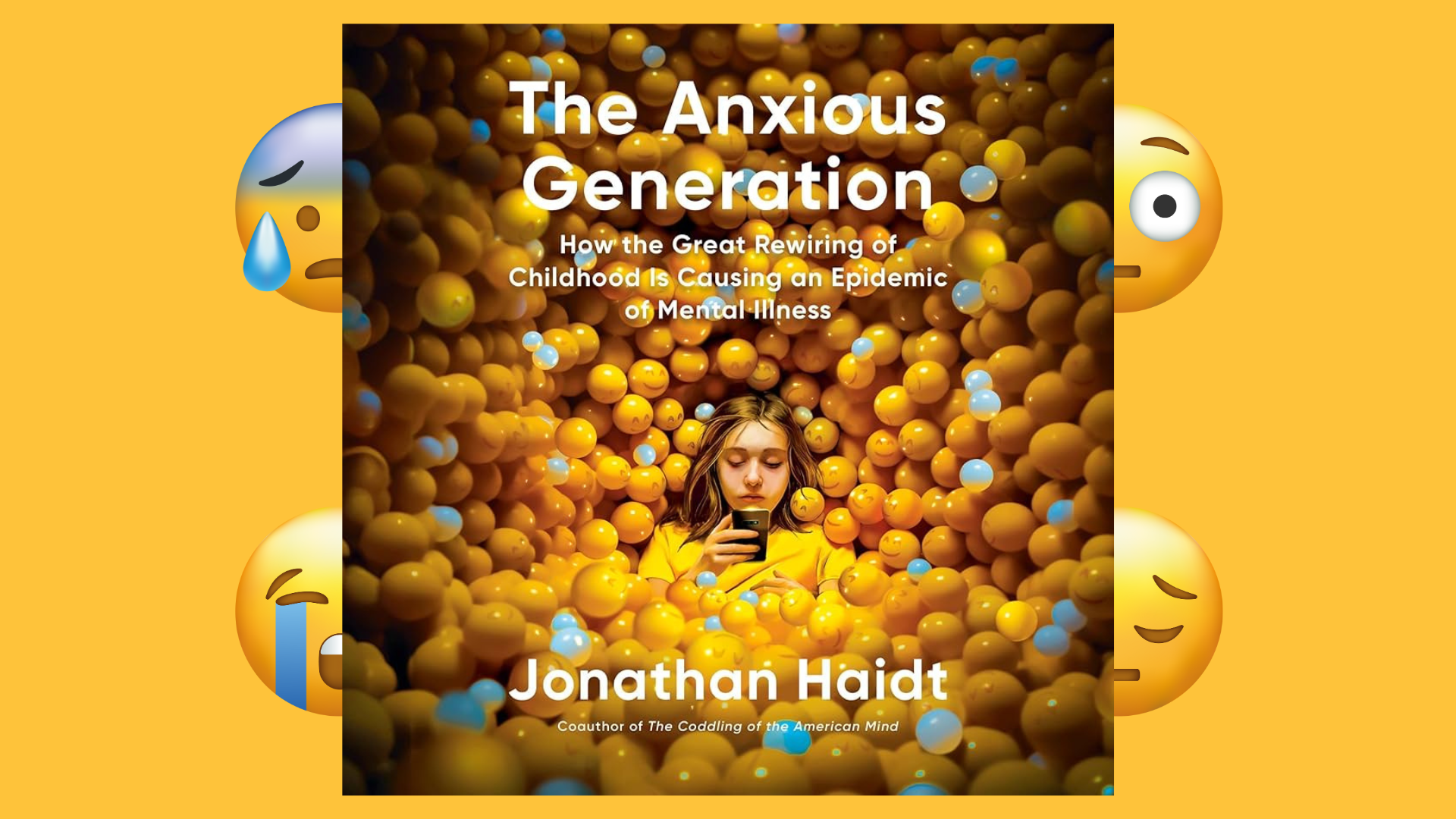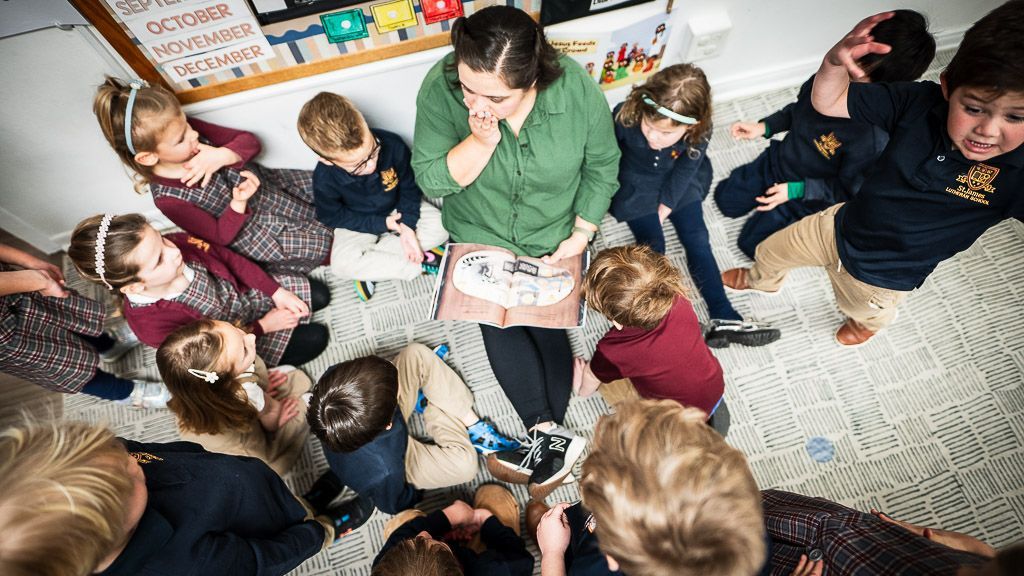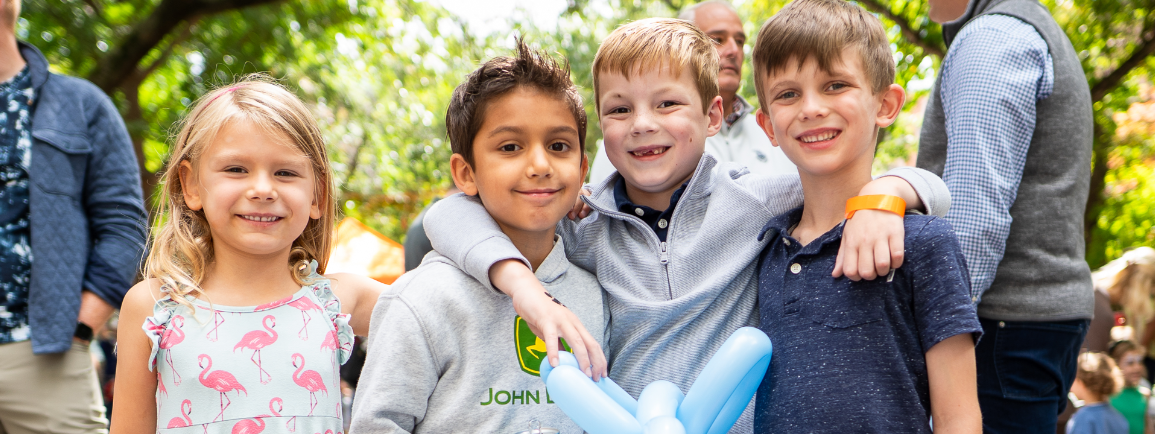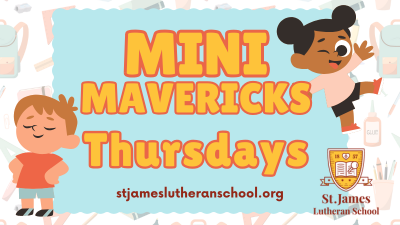The Science of Reading
The Science of Reading at St. James – Implementation & Growth

The Science of Reading is a comprehensive body of research drawn from multiple disciplines- including education, linguistics, psychology, neuroscience, and speech and language pathology- that tells us how children learn to read most effectively.
At St. James, we believe in bringing the best research-based practices into our classrooms to ensure that every child becomes a confident, capable reader.
Our Journey
Since the fall of 2022, our PreK–2nd grade team has been deeply engaged in exploring and applying the Science of Reading (SOR). Through professional development, collaboration, and hands-on study of current research, our teachers have implemented six key instructional shifts:
- Using
sound walls to connect speech to print
- Word mapping and
heart words to strengthen memory for high frequency words
- Incorporating
decodable texts to build fluency and confidence
- Developing
phonemic awareness and understanding
syllable types
These shifts are transforming how we teach reading and how our students experience literacy each day.
Phonics Instruction
Strong phonics instruction has always been a cornerstone of St. James’ Early Childhood and Elementary programs. Guided by the Science of Reading, we’ve refined our approach to ensure a seamless bridge from preschool to elementary grades—laying a solid foundation for lifelong reading success.
- Preschool & Junior Kindergarten: Students begin their literacy journey with
Jolly Phonics, learning 42 essential sounds and blends. The
Heggerty curriculum further supports their growth in phonemic awareness.
- Kindergarten–Second Grade: Students receive
explicit, systematic phonics instruction through the
University of Florida Literacy Institute (UFLI) program. This structured approach empowers children to decode, read, and write with increasing confidence and independence.
Spelling and Writing
At St. James, we emphasize understanding how words work rather than memorizing weekly lists. Our goal is to help students internalize spelling patterns so they can retrieve and apply them naturally during reading and writing.
In the early grades, we encourage inventive spelling, allowing students to use their growing phonics knowledge as they write. This developmental process moves from early scribbles to phonetic spelling and eventually to conventional spelling. Students are held accountable for skills they’ve been explicitly taught and are regularly assessed through writing, dictation, and formal evaluations.
As students move into Grades 3–4, instruction builds on these foundational skills through focused study of phonics patterns and spelling principles. The emphasis remains on
learning patterns and applying them flexibly, not on rote memorization.
